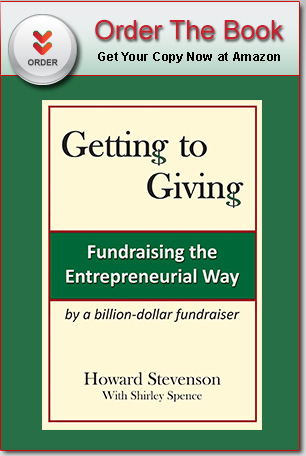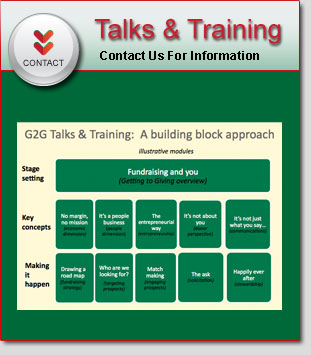I am a strong believer in raising children to feel a sense of responsibility to the community. That’s how I was raised, and that’s an attitude and behavior that I have tried to model for my children. It can start early, in small ways. A friend of mine gave his children three jars for dividing up their weekly allowance: one for spending, one for saving, and one for charity. A good idea, I think.
There are an increasing number of institutional approaches for “teaching” philanthropy to students of all ages out there.
The Learning by Giving Foundation, which was established by and is run by the Buffet family, is an interesting example. Its Giving With Purpose course, offered at colleges across the nation, includes a $10,000 fund for students to invest in local organization through a peer review competition. The course also is offered for free, on-line.
For the K-12 set, Learning to Give develops lesson plans and educational resources, and offers them free of charge to teachers, parents and community leaders. I rather like its vision: “All youth are educated and equipped for lifelong engagement in philanthropy as givers of time, talent, and treasure for the common good.”
My 9th grade grandson will participate in a Youth in Philanthropy course at his school. We are dedicating this month’s “How to” piece to it, as a case study. My personal experience involved being invited to give a 7 am talk to this year’s class.
I figured keeping them awake would the major challenge; the standard Getting to Giving talk wouldn’t do. I decided to try to put philanthropy in perspective for my young audience.
“What would you do if you had $5,000?” I tossed out the opening question, and then shamelessly resorted to cold calling.
“Buy a car,” said one lad. Not enough money, was the reaction. “Visit theme parks,” said another. OK, but $5,000’s worth? “Invest it,” suggested still another. (Nice!) The thinking was that there was no good use for $5,000 now, but there would be in the future.
The discussion went on; you get the idea. Charity did come up and the criteria for investing reappeared in the discussion of philanthropy.
I guess it was more about personal finance than philanthropy, though the two are related. (Remember those jars?) My point was to get them to think about the role of money in their lives, the impact of its use, and what motivates them to decide to spend it, save it, or give it away.
In any event, no one fell asleep.



